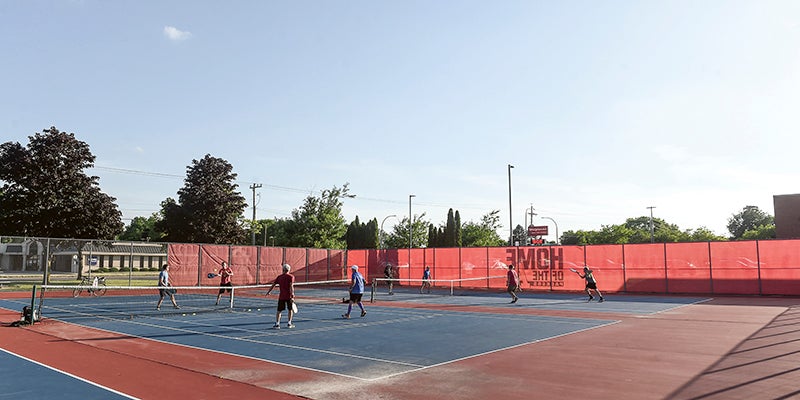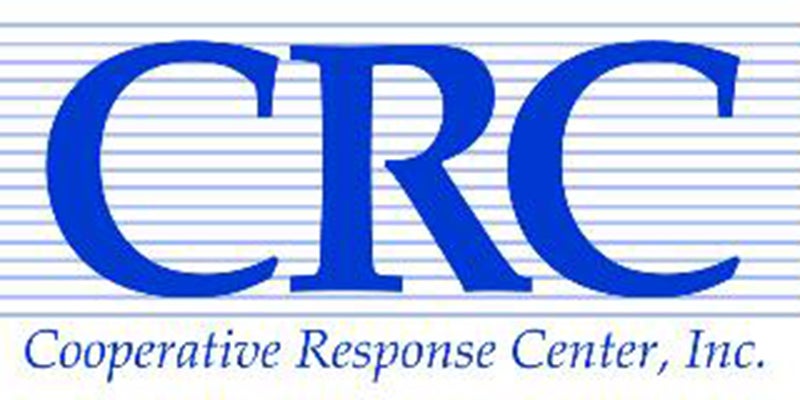‘It can happen to anyone’
Published 10:50 am Friday, June 3, 2016
“We’re good people who have made some really bad choices.”
That’s the message recovering addicts sent with Fountain Centers addiction counselor Angela Bance to share at the “Wake Up Austin” program on drug abuse at Austin High School’s Knowlton Auditorium on Thursday.
Her patients went on to say that if they can’t or don’t stop their drug use, it doesn’t mean they don’t care. They asked not to be shamed or outcast for their addictions.
Bance said she has worked in Austin for five years and said the stories are shocking and heartbreaking, but they are not unique.
“I hear these stories every day. They are similar stories, but different faces,” she said. “People come in wanting help.”
On Thursday, three recovering addicts shared their stories during the program.
‘I was never truly ready’
McKinsey, 24, said she had a normal childhood, though her parents divorced and remarried, but they were all supportive. She was in honor programs and an As and Bs student, but she still tried gateway drugs— alcohol, tobacco and marijuana — at 15.
“The partying just kind of continued and increased,” she said. “I tried anything and everything I could get my hands on … to maybe have one up at the party above everybody else. To see how much I could try and to see how messed I could get myself.”
At 19, she tried heroin for the first time and got hooked. She considered herself to be a “functioning addict,” because she was still attending Riverland Community College, paying bills, working at her job and even bought first home at 21 with a boyfriend.
Though she didn’t think anything would happen to her, she started using more and slowly slipping, going from one time a week to every day, and to multiple times a day. Soon, she began to isolate herself from family and friends, quit going to school and work, lost her house and started making excuses.
“My family knew me and noticed things were going on,” McKinsey said. “I became a great liar.”
She found herself stealing, pawning and writing bad checks to support her habit. She said she didn’t use the drugs to get high anymore, but just to maintain what felt normal. At one time, she would drive hours to get to Austin, meet up with old friends and use again.
When she was in treatment for the first time, she also found out she was pregnant. She used drugs during her pregnancy and her son was born in May 2015. Child protective services became involved because she was using while carrying her son.
After trying outpatient treatment three times, she decided for herself that she wanted to get clean.
“It really is true the person isn’t ready until they’re ready,” she said. “My parents sent me to treatment. … I was never truly ready.”
Eventually, she went to another outpatient treatment program and graduated, but she used again a week later. But then her turning point came after an overdose resulted in a car accident. She said she was lucky bystanders saw it happen and called an ambulance.
Since the accident, she has been sober for six months and recently regained custody of her son. She is also talking to many different groups, meeting with her outpatient counselor weekly and fixing relationships with her family.
‘I was actually self-medicating’
Laura, 19, said her experience was similar to McKinsey’s. She tried marijuana and alcohol for the first time in eighth grade.
In 11th grade, she tried heroin. She and her friends said it was only to celebrate their other friend’s birthday going off to college and promised each other they wouldn’t use again, but they used again 11 months later and eventually her use became daily.
“I was in college classes and I was really trying to maintain that, keep good grades. I thought I could do it,” Laura said. “I started smoking to feel normal because your tolerance gets higher when you start using daily.”
She thought she was a functioning addict, like McKinsey’s situation, but eventually it all went away. She lost her job and her boyfriend and her started committing fraud. Her parents also found out at this time.
It was two years ago yesterday she entered detox, but the insurance company would only let her do outpatient treatment because she had only been using for about a year.
After that, she continued to use until she decided to enter a treatment facility in northern Minnesota and is currently 21 months clean, though she is still on an opiate-blocker, which she will remain on until her two-year mark. She lives in St. Paul and has her own apartment now.
“I used to think that I used because I wanted to get rid of the withdrawal, but after learning about myself through treatment, I realized I was actually self-medicating,” Laura said. “It can happen to anyone.”
‘All I wanted to do was get high’
Joey, a recovering meth addict, had a good family life growing up in Austin. But by the time he was 16, he started using meth on a regular basis and was eventually charged with selling drugs.
“I felt like I could get away with anything,” Joey said. “All I wanted to do was get high.”
He attended a 30-day treatment plan and thought he would be okay after that, but said he started on a downward spiral, going in and out of jail and treatment plans.
Joey’s wake up call came in June 2015 after he went to jail and realized he was “sick of it.”
“I started to realize I had a son to be there for, I have a loving and supporting family,” Joey said. “I lost one of my friends, since I’ve been sober, to drugs.”
‘It’s a constant’
Bance said the risks of children experimenting at younger ages has to be understood because they are at an increased risk for addiction, and it may only take six months to get addicted.
“When I started here five years ago, it was rare to have someone in group with heroin addiction, and now it’s rare not to have at least one or two or more in group … that are struggling with opioid addiction,” Bance said. “It’s been a constant.”
She also addressed the culture’s changing attitude of “marijuana is not addictive.”
“Many children and adults and even some professionals … are being told marijuana is a safe drug, it grows in nature, it’s not addictive,” she said. “If you were to wait until you were 26 years or older and your brain was fully developed, your chances of developing an addiction is significantly low. But more adolescents whose brains are still developing, the chances of developing an addiction can be anywhere from one in four to one in six, depending on the age they start, where if they waited until later in life, it’s one in 25. And that’s pretty significant.”
She says parents tell her, “I thank god my kid is only smoking weed and isn’t doing the harder drugs,” but years later they are devastated when find out their children is using Adderall, Vicodin, meth or heroin.
“Starting with alcohol and marijuana and eventually that wasn’t enough,” Bance said. “They are looking for something stronger.”
She encouraged if anyone is concerned about a family member’s use, don’t go it alone, though many are often afraid or embarrassed to ask for help. She said people can call Fountain Centers for advice, direction to resources and support groups at 507-377-6411.
“This is the face of addiction and most likely this is not what you expected it to look like,” Bance said.





